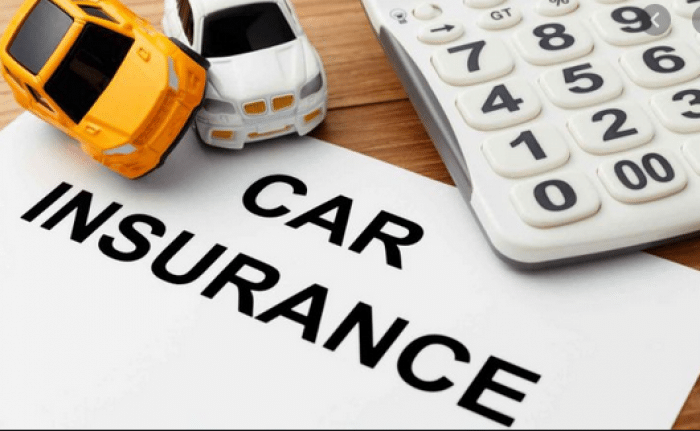Smart savings on car insurance policies

Discovering effective strategies for reducing car insurance expenses is a top priority for many drivers. In this blog post, we will explore a variety of tactics that will help you lower the costs associated with your car insurance policies without compromising on quality or coverage.
Whether you are a seasoned vehicle owner or a newcomer to the roads, these insights will provide you with the knowledge you need to make informed decisions and potentially save a significant amount of money.
Understanding Your Policy
Before you can start saving, it's crucial to understand the details of your car insurance policy. Familiarize yourself with the terms and coverage levels to identify where savings might be possible. Are you possibly over-insured? Could you increase your deductible for a lower monthly premium?
Knowledge is power when it comes to insurance, and understanding your policy is the first step to smart savings.
It's also beneficial to review your policy regularly, as changes in your personal circumstances, such as age or driving record, can affect your premiums.
Shop Around
Don’t settle for the first quote you receive. Shopping around for car insurance policies can lead to significant savings. With comparison tools readily available online, you can compare offerings from different insurers with relative ease.
Keep an eye out for discounts, deals, and customer reviews. Sometimes insurers offer lower rates to new customers, making switching policies a potentially lucrative move.
Remember, the cheapest policy isn't always the best. Balance cost savings with the level of coverage offered.
Bundle and Save
If you have multiple insurance needs, such as homeowner's or renter's insurance in addition to vehicle insurance, consider bundling them with one carrier. This consolidation can often lead to discounts that reduce your overall insurance costs significantly.
Insurers reward loyalty and the increased business volume you can provide by bundling services.
Take Advantage of Discounts
Insurance companies offer a variety of discounts that you may qualify for. Do you have a clean driving record? Are you a student with good grades? Have you installed anti-theft devices in your vehicle? Make sure to ask your insurer about all available discounts.
Even things like being a member of certain organizations or professions can qualify you for specific discounts. Make sure that your insurer is aware of any relevant circumstances that could apply to you.
Consider Your Vehicle Choice
The type of vehicle you drive heavily influences your car insurance rates. Consider choosing a model that has a reputation for safety and reliability to potentially lower your rates. Sports cars and high-performance vehicles typically incur higher insurance costs.
Drive Safely
Maintaining a clean driving record is one of the most effective ways to keep your insurance costs down. Traffic violations and accidents can significantly increase premiums. In some cases, insurers offer programs that monitor your driving habits and provide discounts for safe driving.
Elevate Your Deductibles
Opting for a higher deductible—the amount you are responsible for paying before insurance kicks in—can lower your premium. However, make sure you choose a deductible amount that you can reasonably afford in the event of a claim.
Improve Your Credit Score
In many areas, a higher credit score can result in lower car insurance rates as it's seen as an indicator of your financial reliability. Paying bills on time and reducing debt can improve your credit rating over time.
Reduce Coverage on Older Vehicles
If you own an older vehicle, consider reducing coverage to liability only. As cars age, the benefit of comprehensive and collision coverage diminishes in relation to the car's value.
Seek Out Pay-As-You-Go Insurance
Some insurers offer programs based on the actual miles you drive or your driving habits. If you're a low-mileage driver or work from home, these policies can offer considerable savings.
In conclusion, smart savings on car insurance policies are attainable through a mix of understanding your current policy, shopping around, taking advantage of discounts and deciding wisely on coverage based on your specific situation. Implementing these strategies can lead to substantial savings while ensuring you remain well-protected on the road.
